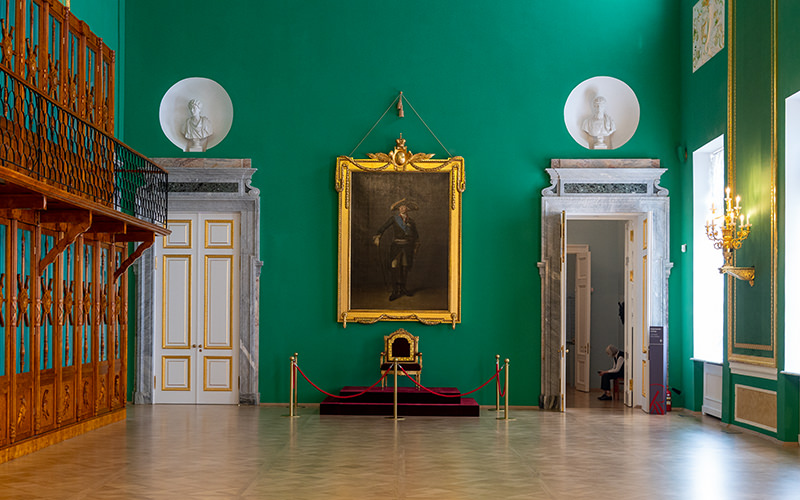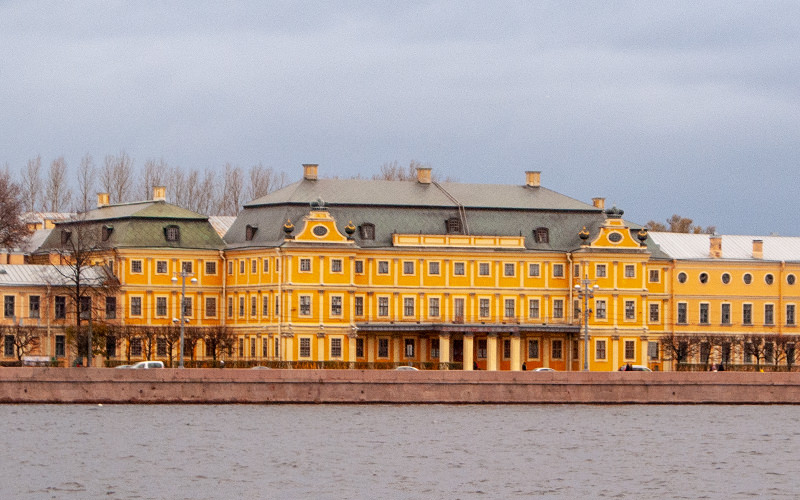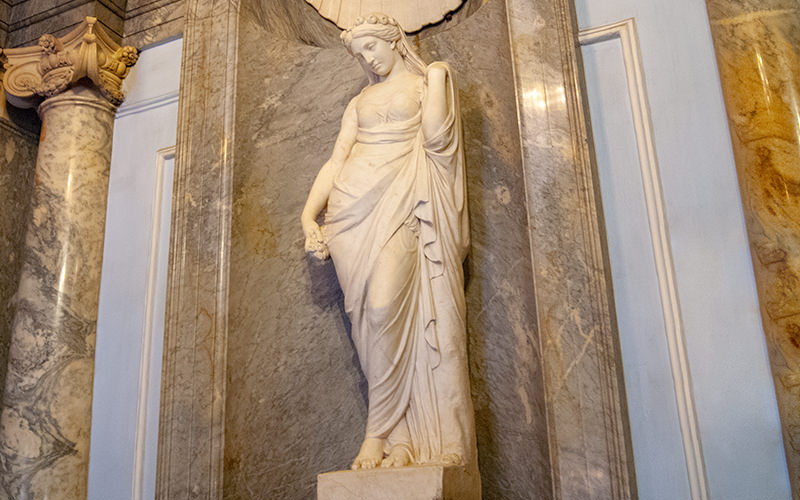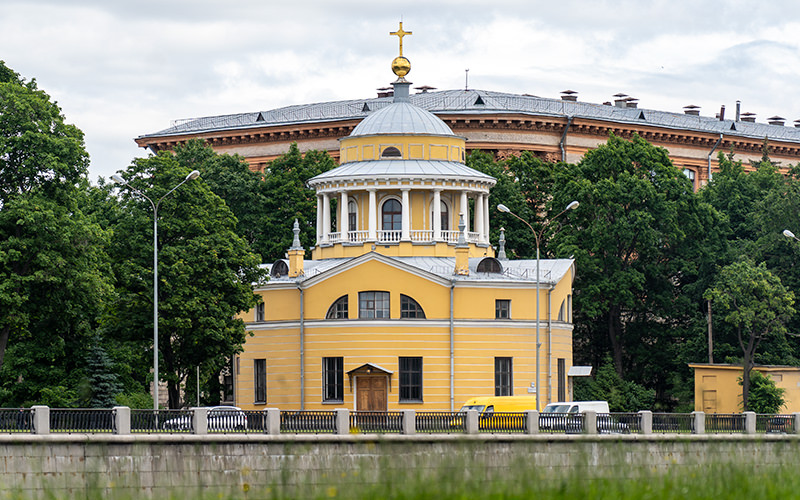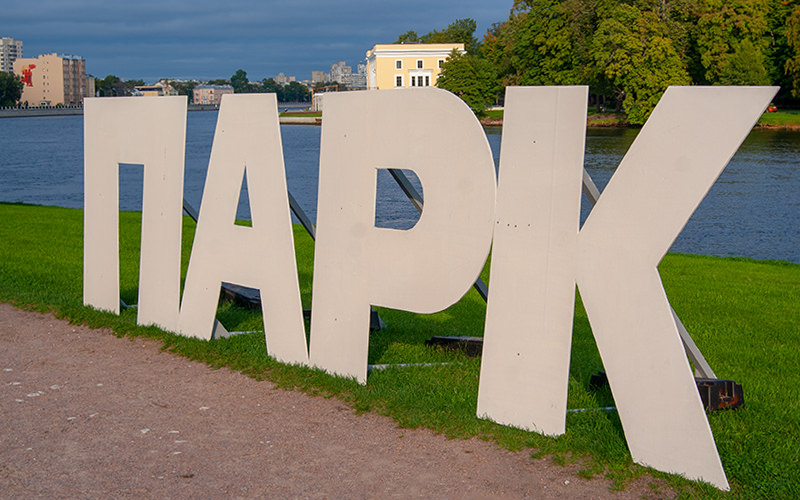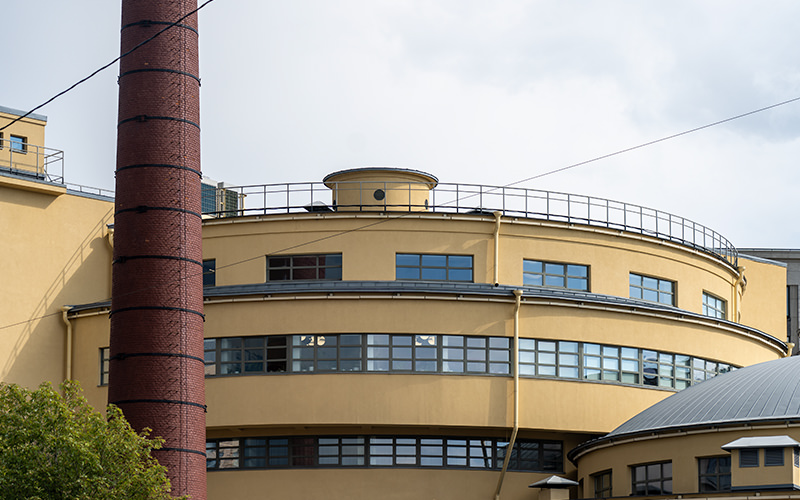Although the past year, 2020, brought us temporary closures of many museums and exhibition spaces due to the coronavirus, the situation is now stabilizing, with more and more of the city's popular attractions becoming accessible again. One of the major events in the city's tourist life is the reopening of the exhibition at Yelagin Palace, located on the island of the same name. I visited it on the second day after the updated exhibition opened and am ready to share my impressions.
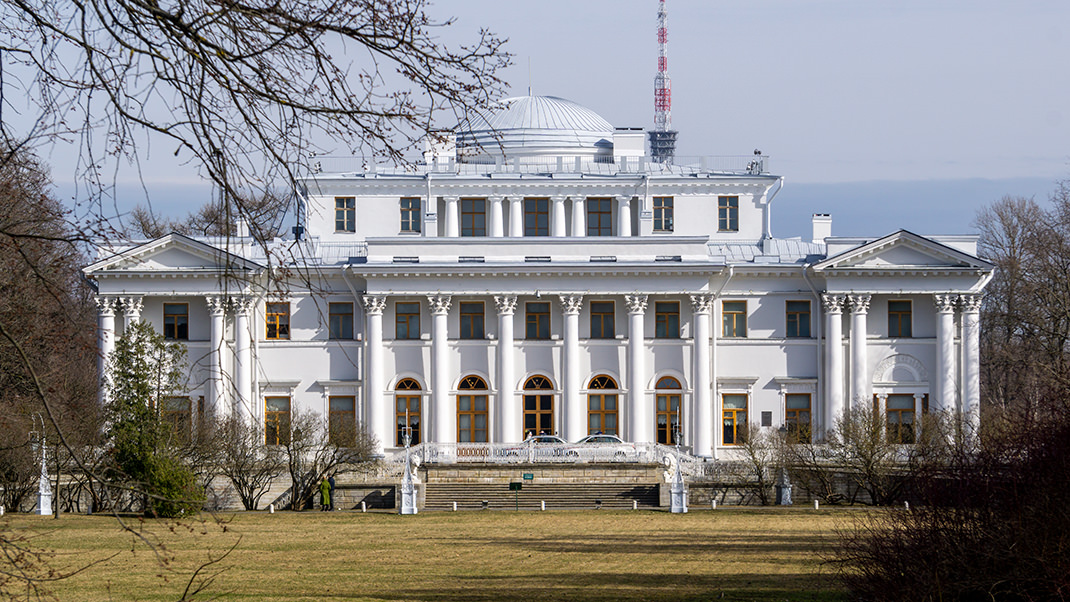
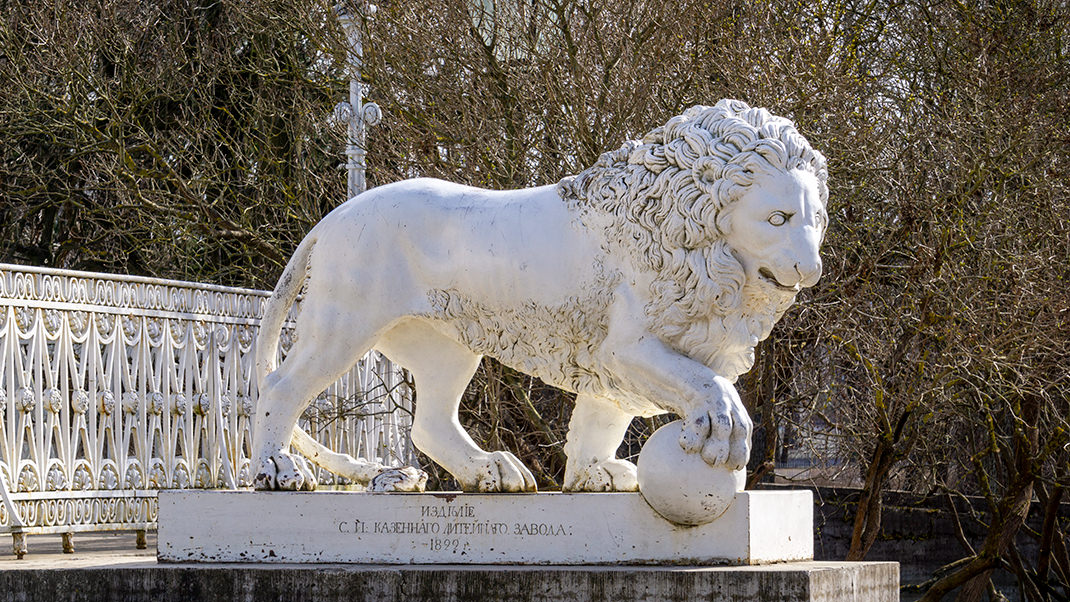
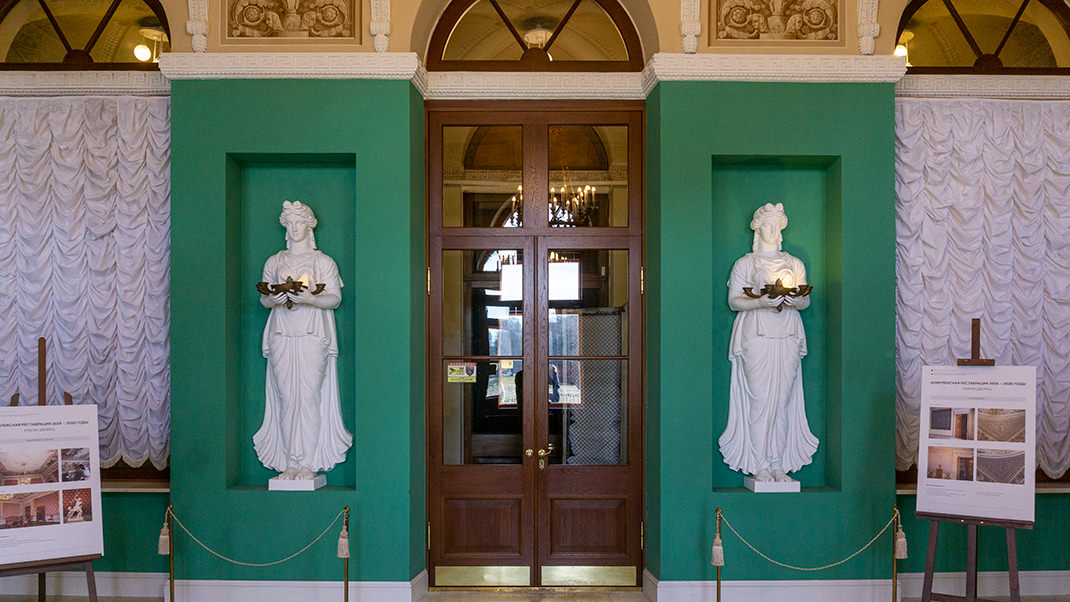
How to Get There by Metro
The palace is located on the eastern part of Yelagin Island, at Yelagin Island, 4. It can be reached on foot from two stations on the violet line of the metro: "Krestovsky Ostrov" and "Stara Derevnya."
As of April 2021, there are two permanent exhibitions here: "The Grand Enfilade of Yelagin Palace" on the first floor and "Cabinet History" on the second. The adult entry fee without discounts or a guided tour is 150 rubles for the first exhibition and 100 rubles for the second.
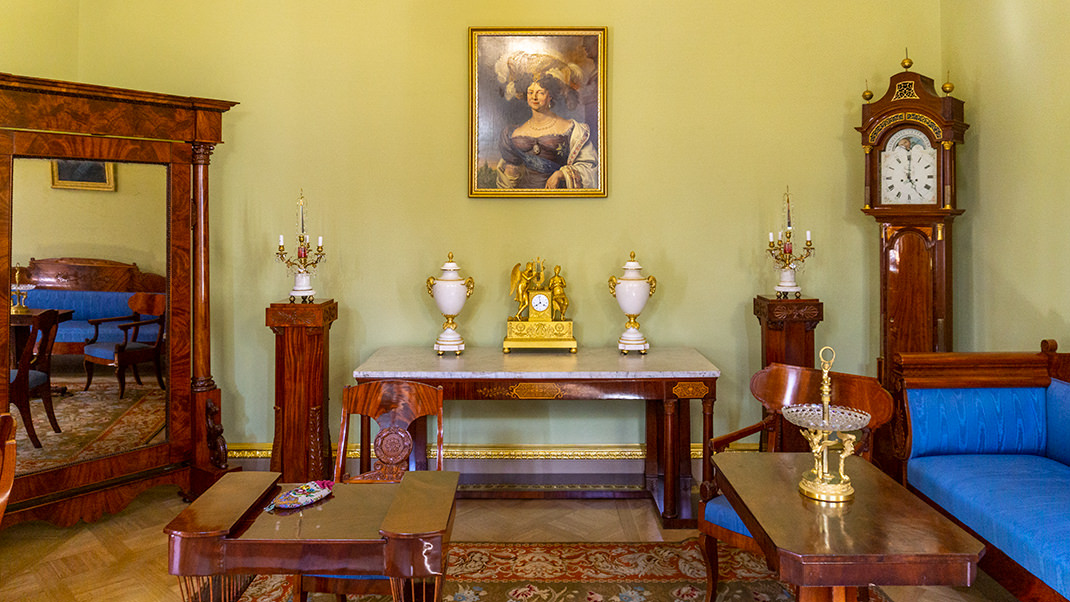
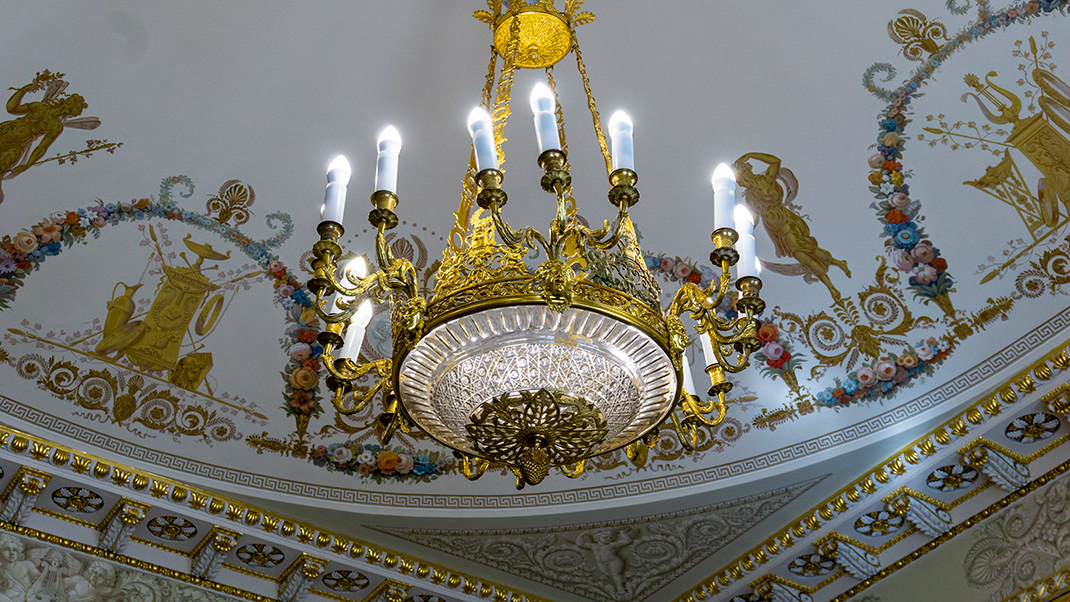
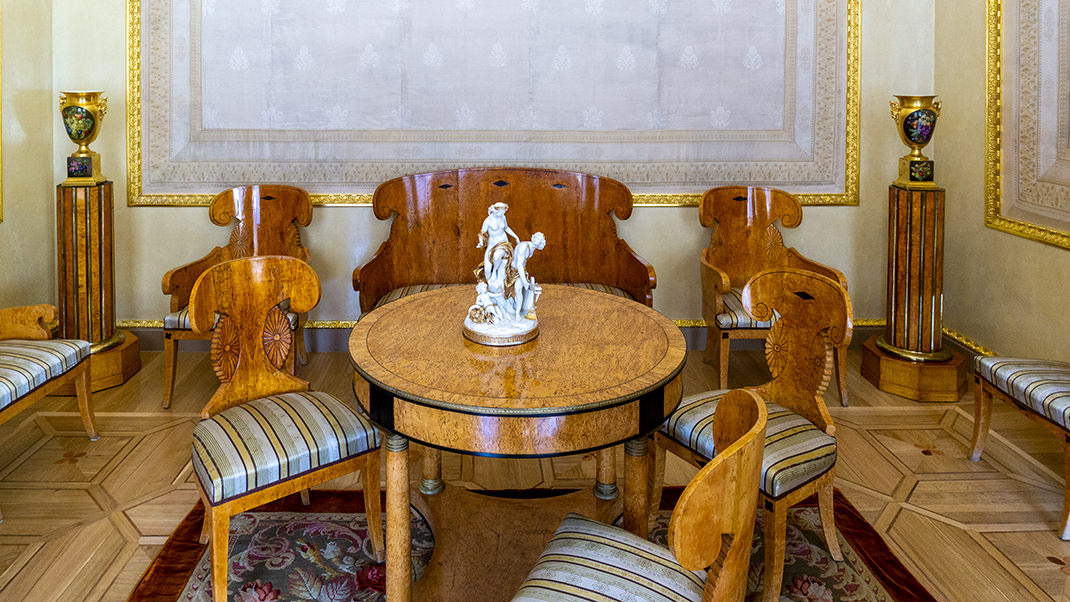
A Bit of History
The estate complex on one of St. Petersburg's islands, Yelagin, began to take shape in the second half of the 18th century. Interestingly, until 1790, the island had several names: Sunduy, Mishin, Mikhaylin, and Lisiy Nos. Alongside these, there were also names based on the family names of its owners. The current name of the area was given in honor of one of them, Ober-Hofmeister Ivan Perfilevich Yelagin. He commissioned the construction of an estate house here (presumably designed by Giacomo Quarenghi) and the creation of a garden with ponds.
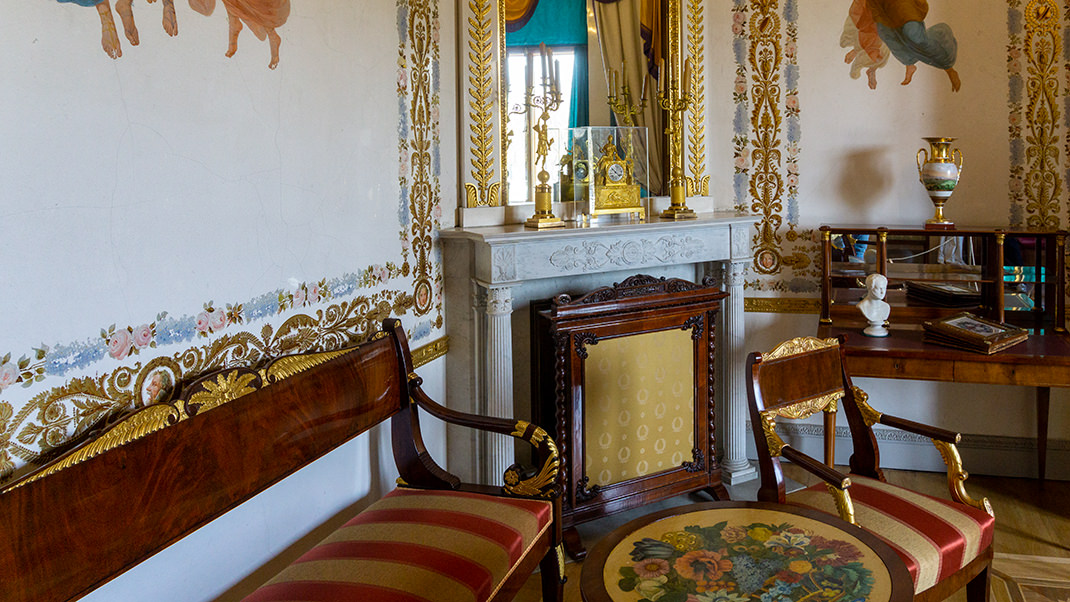
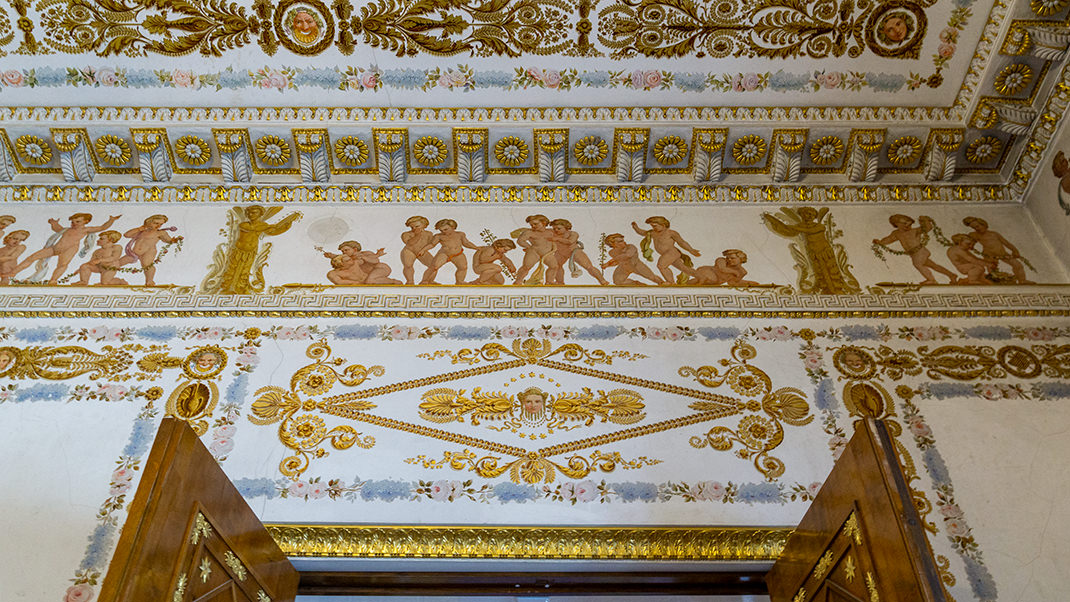
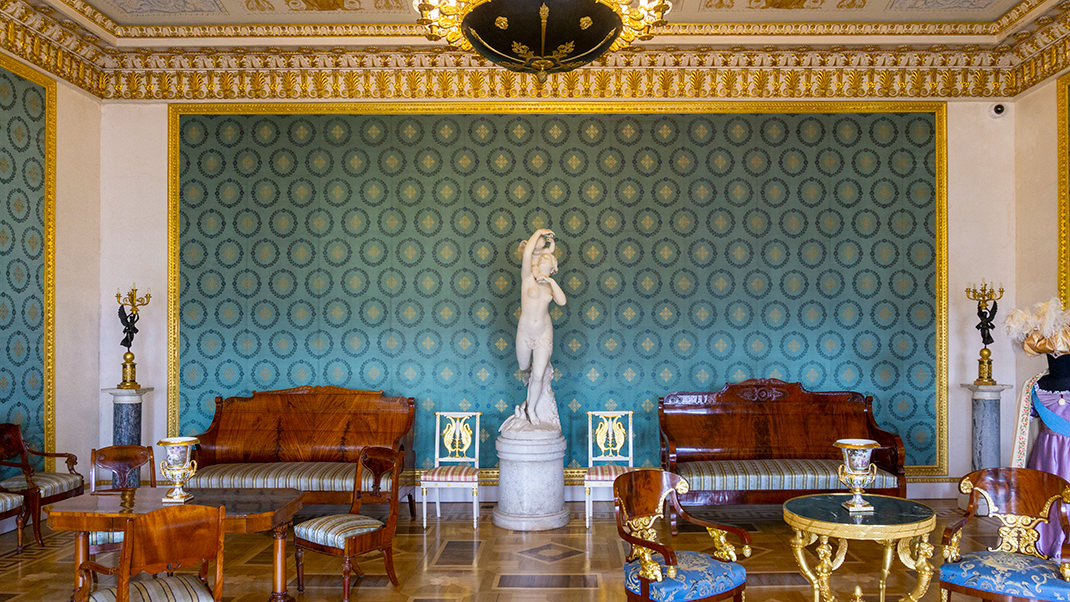
In the early 19th century, the estate became part of the imperial residences. The new owner of the estate complex was Maria Feodorovna, widow of Paul I. At the request of her son, Alexander I, the estate house was reconstructed. This time, the renowned architect Carlo Rossi, the creator of the Alexandrinsky Theatre and the General Staff building, was involved in the design.
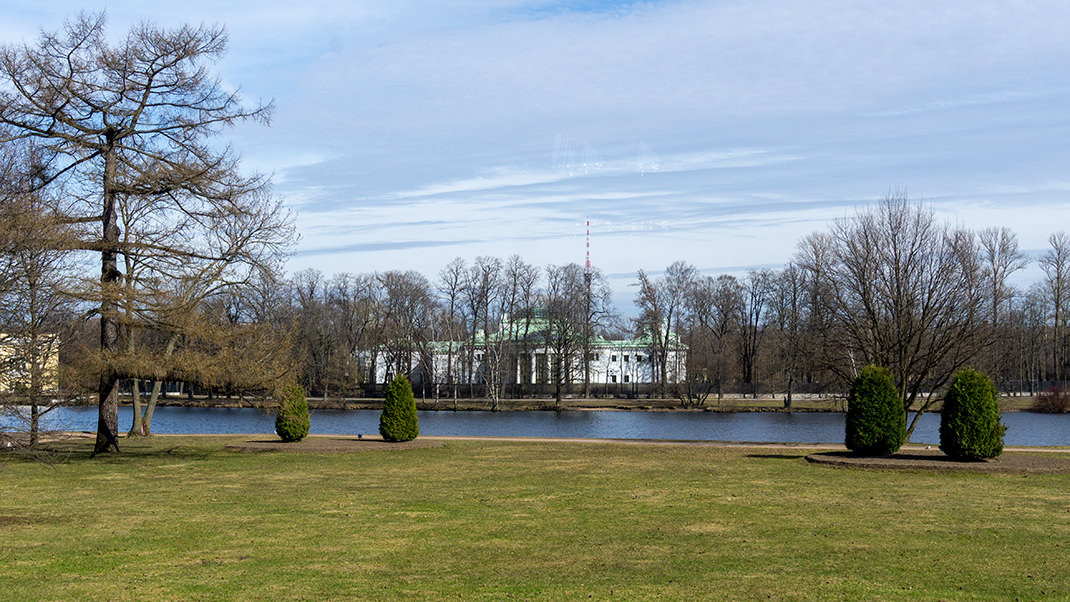
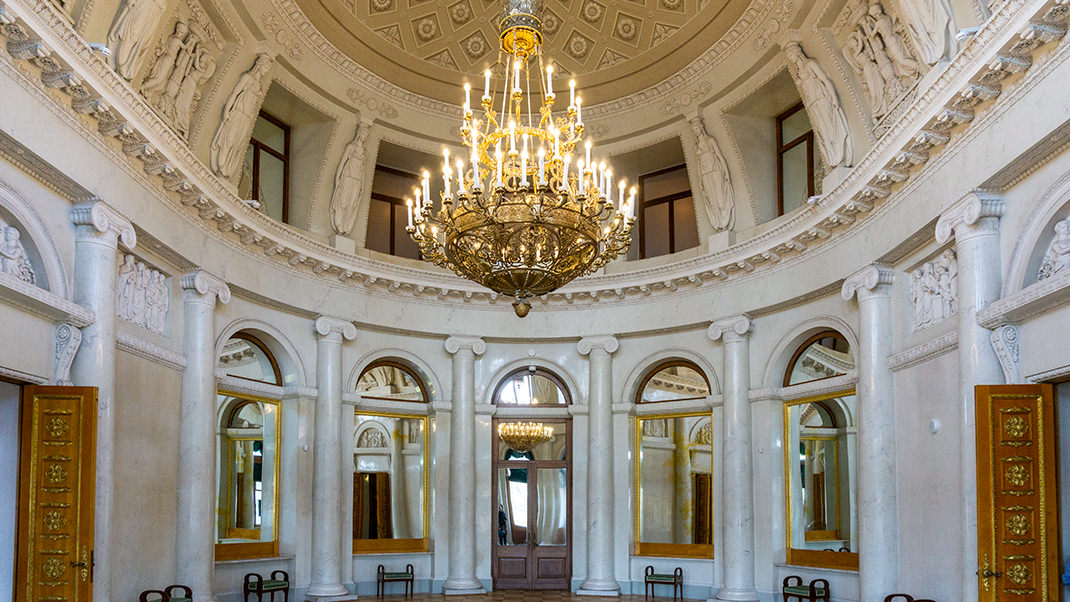
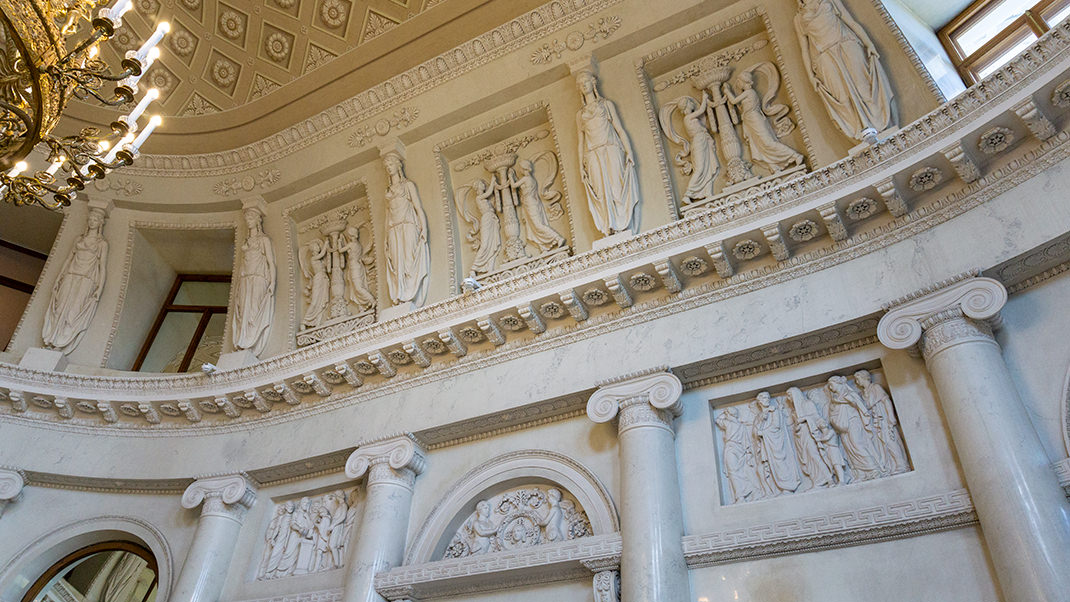
The complex built by Rossi, in addition to the Yelagin Palace itself, included stables and kitchen buildings, a music pavilion, a greenhouse, and a dock. Many renowned masters participated in the creation of the complex, including sculptors V.I. Demut-Malynovsky and S.S. Pimenov, and painters A. Vigi, B. Medici, and D. Scotti.
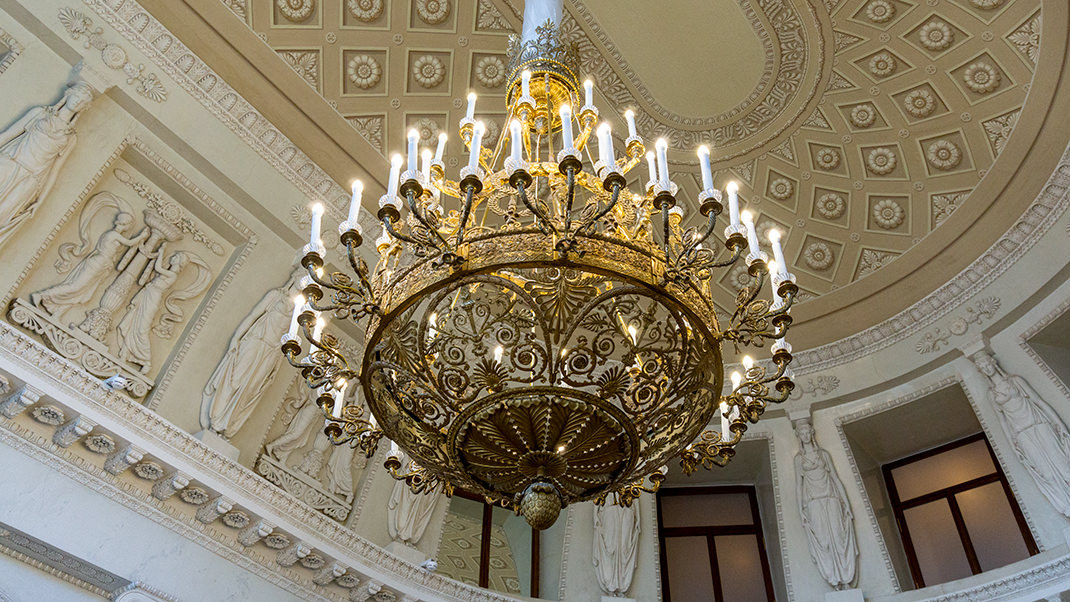
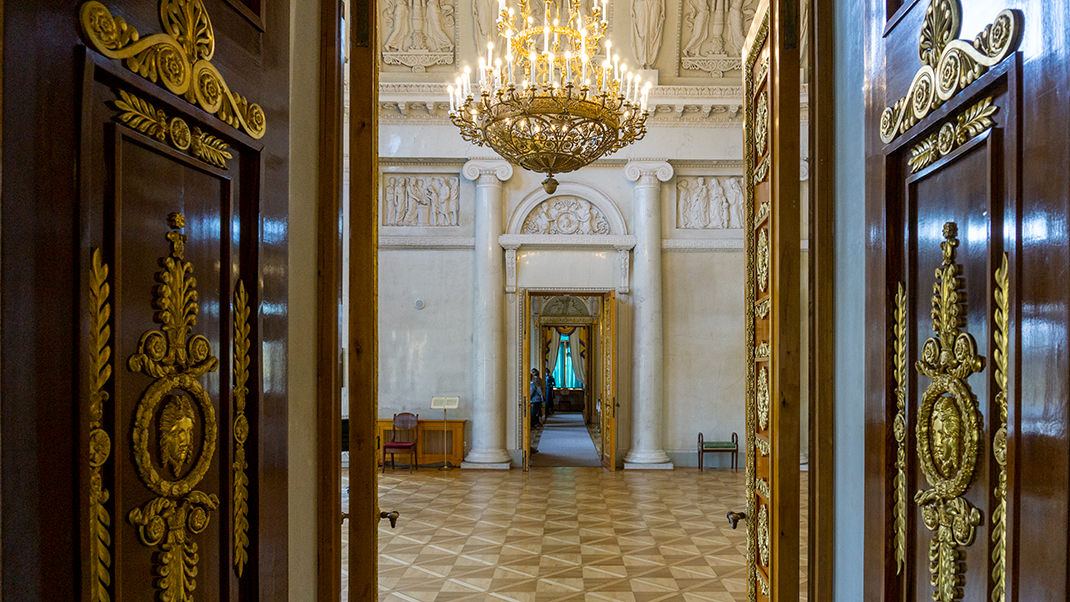
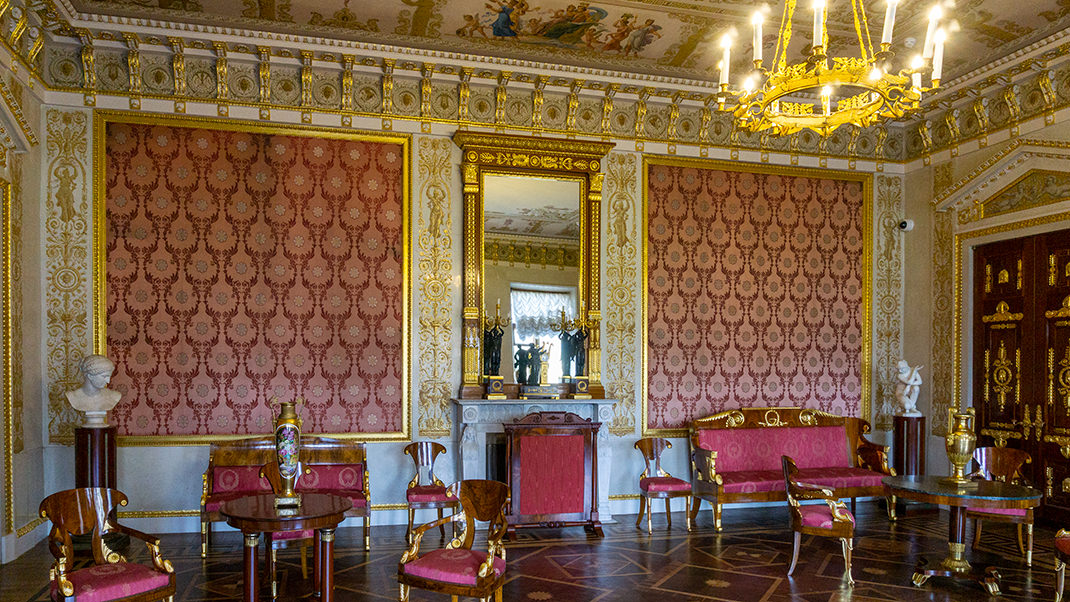
After the revolution, the former imperial residence housed the Museum of History and Culture, and later the All-Union Institute of Plant Protection. During World War II, the building was almost destroyed. The rooms of the palace, which we can walk through today, were restored between 1952 and 1960. Seventeen years later, the palace was granted museum status.
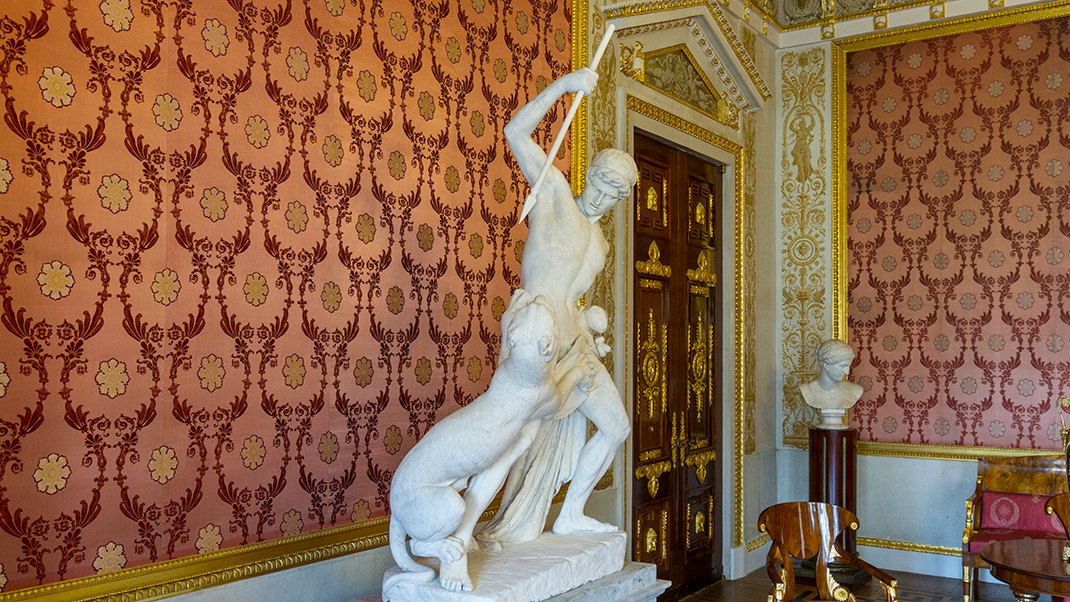
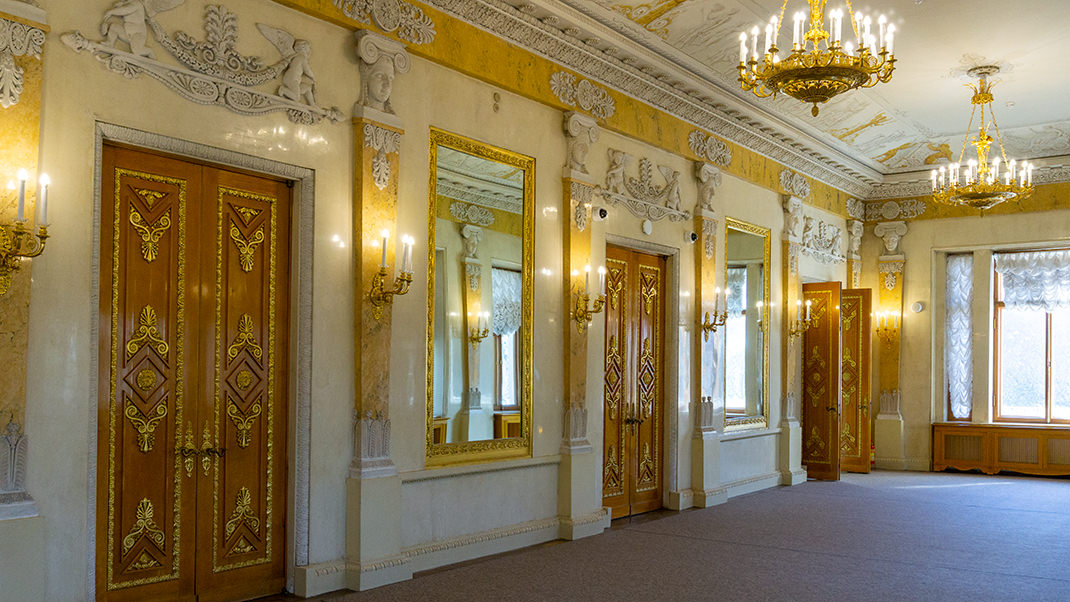
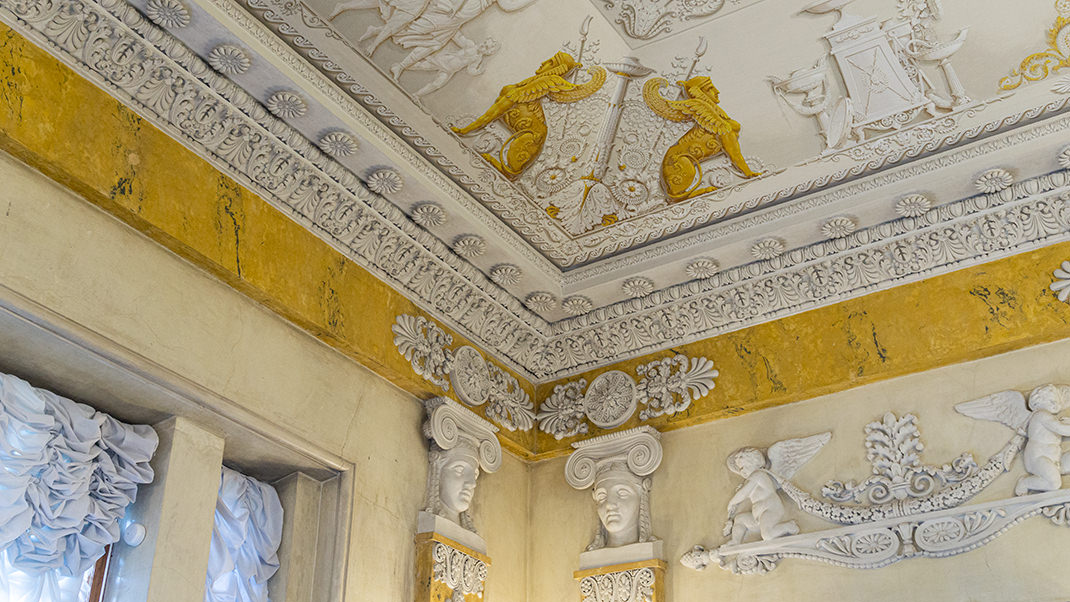
The next major restoration took place between 2016 and 2021. During this time, many rooms were restored, and the interior of Alexander I's cabinet was recreated. While the restoration work was underway, the palace was closed to visitors. The opening of the updated exhibition took place on April 13, 2021. Today, anyone can visit the palace. Both individual visits and group tours are available. The first floor houses several restored grand halls, while the second floor hosts the "Cabinet History" exhibition, which showcases various residential interiors from the first quarter of the 19th to the early 20th century. I will tell you more about this exhibition in my next article.
Have a nice trip!


